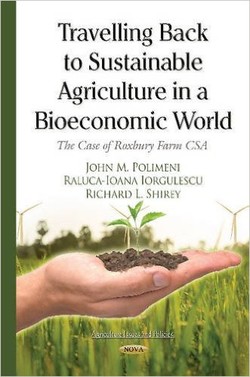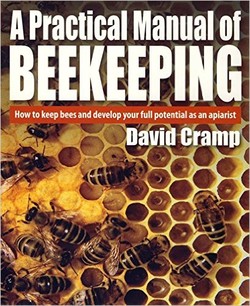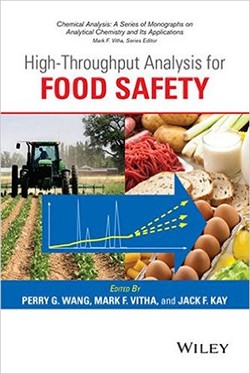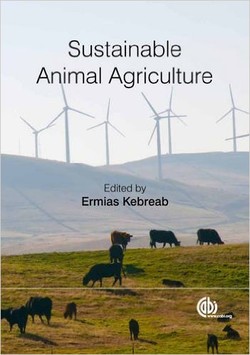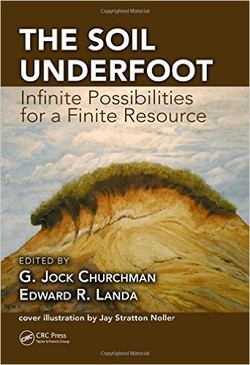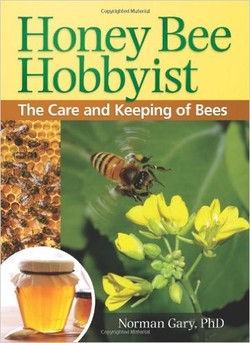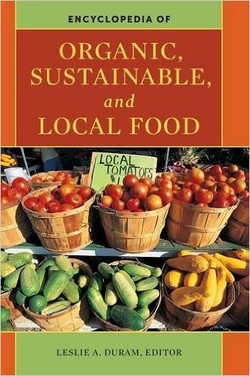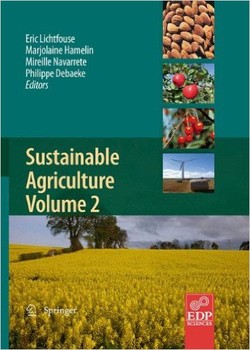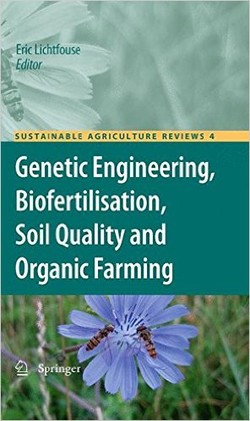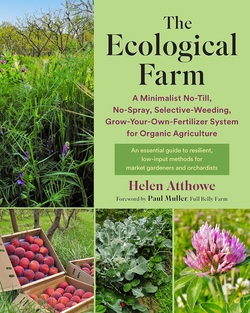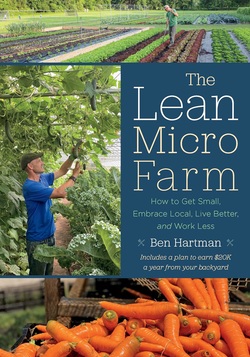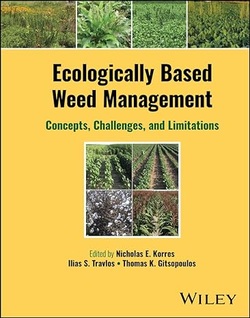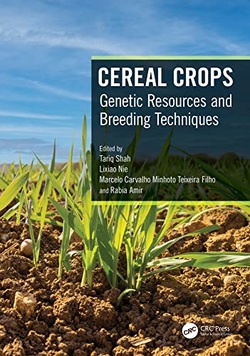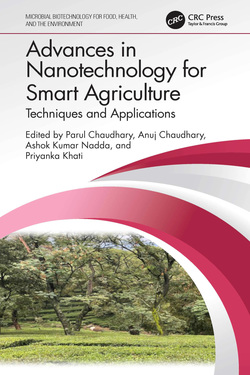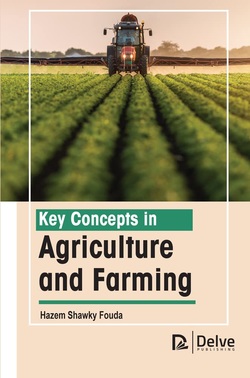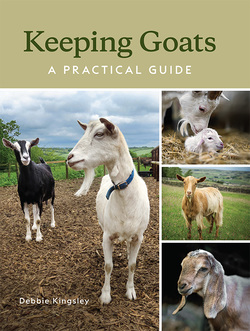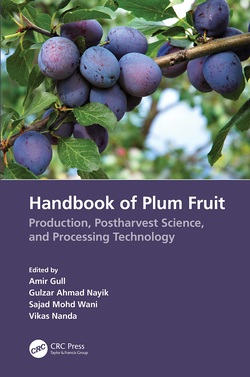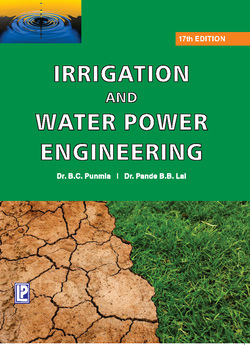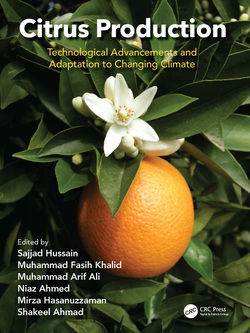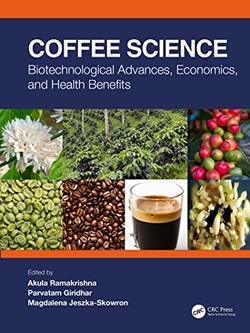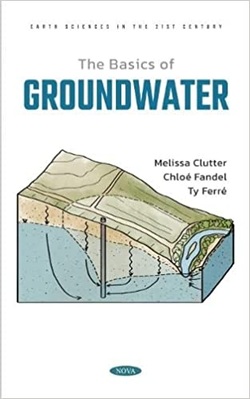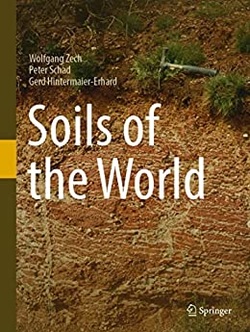غلاف غلات به عنوان یک منبع بیومتریال و سوختهای زیستی پایدار
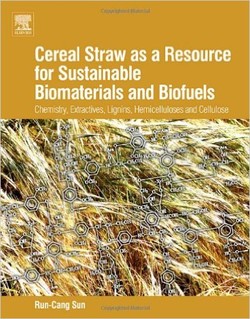
این کتاب اولین کتابی است که به بررسی شیمی مربوط به کاه و پوشال حاصل از کشت غلات میپردازد و تحولات و دستاوردهای اخیر در حوزه تکنیکهای مرتبط با جداسازی و تبدیل به مواد دوستدار محیط زیست، را تشریح مینماید.
در این کتاب نویسنده با پوشش متعادل نظریهها و کاربردهای متفاوت این حوزه، مباحث زیر را بررسی نموده است:
تجزیهوتحلیل ساختار غلاف غلات و اجزای آن؛ بررسی ایزوله و مشخصات ساختاری؛ ایزوله، اصلاح و تصفیه سلولزی؛. تجزیهوتحلیل ساختار غلاف غلات و اجزای آن؛ بررسی ایزوله و مشخصات ساختاری؛ ایزوله، اصلاح و تصفیه سلولزی؛ وقوع، ساختار و اصلاح شیمیایی سلولز؛ و موارد استفاده از غلاف و کاه و اجزای آنها پس از اصلاح شیمیایی.
این کتاب درواقع به بررسی جزئیات مراحل مورد نیاز بهمنظور تجزیه و تفکیک نمودن اجزای غلاف غلات و تولید مشتقات شیمیایی از سلولز آنها میپردازد.
در این کتاب نویسنده با پوشش متعادل نظریهها و کاربردهای متفاوت این حوزه، مباحث زیر را بررسی نموده است:
تجزیهوتحلیل ساختار غلاف غلات و اجزای آن؛ بررسی ایزوله و مشخصات ساختاری؛ ایزوله، اصلاح و تصفیه سلولزی؛. تجزیهوتحلیل ساختار غلاف غلات و اجزای آن؛ بررسی ایزوله و مشخصات ساختاری؛ ایزوله، اصلاح و تصفیه سلولزی؛ وقوع، ساختار و اصلاح شیمیایی سلولز؛ و موارد استفاده از غلاف و کاه و اجزای آنها پس از اصلاح شیمیایی.
این کتاب درواقع به بررسی جزئیات مراحل مورد نیاز بهمنظور تجزیه و تفکیک نمودن اجزای غلاف غلات و تولید مشتقات شیمیایی از سلولز آنها میپردازد.
سال انتشار: 2010 | 291 صفحه | حجم فایل: 7 مگابایت | زبان: انگلیسی
Cereal Straw as a Resource for Sustainable Biomaterials and Biofuels: Chemistry, Extractives, Lignins, Hemicelluloses and Cellulose
نویسنده
RunCang Sun
ناشر
Elsevier
ISBN10:
044453234X
ISBN13:
9780444532343
قیمت: 16000 تومان
برچسبها:
Materials from renewable resources are receiving increased attention, as leading industries and manufacturers attempt to replace declining petrochemical-based feedstocks with products derived from natural biomass, such as cereal straws. Cereal straws are expected to play an important role in the shift toward a sustainable economy, and a basic knowledge of the composition and structure of cereal straw is the key to using it wisely. Cereal Straw as a Resource for Sustainable Biomaterials and Biofuels: Chemistry, Extractives, Lignins, Hemicelluloses and Cellulose provides an introduction to straw chemistry. Topics discussed include the structure, ultrastructure, and chemical composition of straw; the structure and isolation of extractives from the straw; the three main components of straw: cellulose, hemicelluloses, and lignins; and chemical modifications of straw for industrial applications. This book will be helpful to scientists interested in the areas of natural resource management, environmental chemistry, plant chemistry, material science, polysaccharide chemistry, and lignin chemistry. It will also be of interest to academic and industrial scientists/researchers interested in novel applications of agricultural residues for industrial and/or recycling technologies.
Provides the basics of straw composition and the structure of its cell walls
Details the procedures required to fractionate straw components to produce chemical derivatives from straw cellulose, hemicelluloses, and lignins
Elucidates new techniques for the production of biodegradable materials for the energy sector, chemical industry, and pulp and paper business
